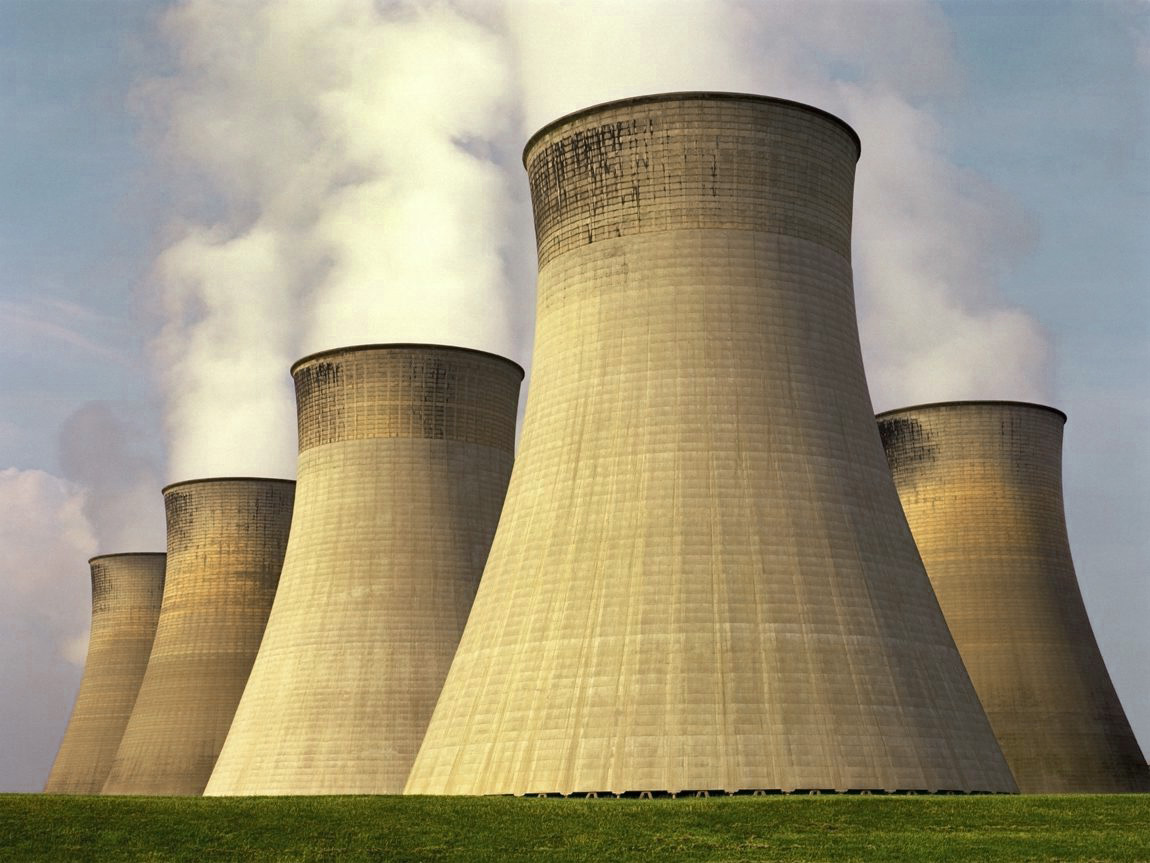A cooling tower schematic is a diagram that illustrates the flow of air, water, and heat through a cooling tower system. Cooling towers are used in HVAC systems, power plants, and industrial processes to remove excess heat from water by transferring it to the atmosphere.
Here’s a breakdown of what you’ll find in a typical cooling tower schematic and what each component does:
🧊 What a Cooling Tower Does
A cooling tower rejects waste heat from water into the atmosphere through evaporative cooling. Warm water from a chiller, condenser, or industrial process is cooled and then reused.
🗺️ Basic Cooling Tower Schematic – Key Components
🔄 1. Warm Water Inlet
-
Source: Chiller condenser, industrial equipment, or heat exchanger.
-
Function: Brings hot water (usually 85–95°F or 29–35°C) into the tower for cooling.
⬇️ 2. Distribution System
-
Includes spray nozzles or troughs that evenly distribute the hot water over the fill media.
-
Purpose: Maximizes surface area for cooling.
🧱 3. Fill Media (Heat Exchange Surface)
-
A series of corrugated PVC or wood slats (splash or film fill).
-
Increases surface contact between water and air to maximize evaporative cooling.
🌬️ 4. Air Inlet (or Louvers)
-
Ambient air is drawn in horizontally (crossflow) or from below (counterflow).
-
Cooling occurs as some water evaporates into the air.
🔄 5. Fan (Mechanical Draft Tower)
-
Induced-draft fans are located at the top and pull air up.
-
Forced-draft fans push air from the bottom.
-
Enhances air movement and increases efficiency.
💧 6. Drift Eliminators
-
Capture water droplets entrained in the air to prevent water loss and misting.
⬇️ 7. Cold Water Basin
-
Collects the cooled water (usually 70–85°F or 21–29°C).
-
Water is then pumped back to the chiller or process loop.
🔁 8. Makeup Water Supply
-
Replaces water lost to evaporation, drift, and blowdown.
🚿 9. Blowdown/Drain
-
Removes a portion of water to control mineral buildup.
🔧 Types of Cooling Towers and Their Schematics
| Type | Description | Air/Water Flow |
|---|---|---|
| Crossflow | Air flows horizontally; water falls vertically | Air crosses water path |
| Counterflow | Air flows up; water falls down | Opposing flow paths |
| Natural draft | Relies on chimney effect, no fan | Tall concrete towers |
| Mechanical draft | Uses fans to move air | Common in HVAC & industry |
🔌 Optional Elements in a Schematic
-
Temperature sensors
-
Water level floats
-
Water treatment system (filtration, biocide, chemical feed)
-
Valves and bypass lines
-
Pumps (for recirculation or backup)
How Often Do Cooling Tower Schematics Need Updating?
Cooling tower schematics should be updated whenever there is a change to the system or its components. There’s no fixed timeline, but here are the key triggers and recommendations:
🔁 Update Cooling Tower Schematics When:
✅ 1. System Modifications or Upgrades
-
New pumps, fans, controls, or sensors installed
-
Change in water distribution, fill media, or drift eliminators
-
Conversion from natural to mechanical draft
-
Integration with new chillers or process equipment
✅ 2. Control System Changes
-
Upgraded from manual to automated (BAS/BMS) controls
-
New sensors or feedback loops added
-
SCADA or PLC integration
✅ 3. Regulatory or Code Compliance Updates
-
Compliance with ASHRAE 188 (legionella control)
-
Local building or safety codes change
-
Environmental regulations (e.g., water usage or discharge limits)
✅ 4. Operational Adjustments
-
Change in flow rate, temperature, or cooling load
-
Redesign for seasonal performance
-
Water treatment system updates
📅 Recommended Review Frequency
Even if no changes are made, schematics should be reviewed at least every 3–5 years to ensure:
-
They reflect current equipment
-
Labels, flow directions, and safety markings are accurate
-
Maintenance staff can use them for troubleshooting
🧰 Who Should Update It?
-
Mechanical engineers
-
Facility maintenance teams
-
Design-build contractors
-
Or a third-party HVAC consultant familiar with the specific tower type
🧾 Tip: Keep Multiple Versions
Maintain:
-
As-built schematic
-
Current operational schematic
-
Revision history (with dates, notes, and responsible personnel)
Cooling Tower Installation, Replacement, & Refurbishment in Arizona & Nevada
Our team offers complete cooling tower refurbishment that will save your company tens of thousands of dollars over buying and installing new cooling towers. Cooling tower refurbishment and rebuilding adds about another 15 years of life to your equipment and helps you get your money’s worth out of your original investment in your cooling tower or property. We offer cooling tower installation, replacement, and refurbishment in Arizona and Nevada. We also sell other cooling tower parts and products.






